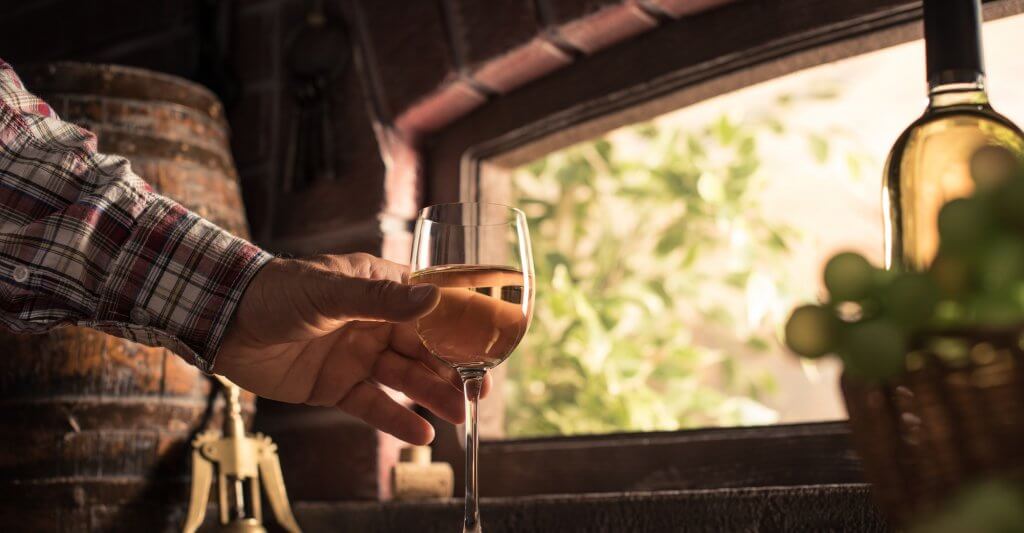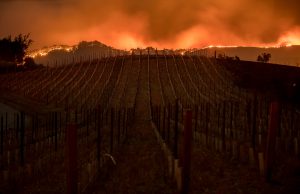Alsace Grand Cru AOC is just 4% of production for Alsace, though it is surely the mightiest of the bunch. While only four official varietals are acknowledged here, known as the ‘Noble Grapes of Alsace,’ the wines they are crafted in are some of the most sublime renditions of grapes on the planet. With Riesling, Pinot Gris, Muscat, and Gewurztraminer, the Grand Cru wines from Alsace have a higher base alcohol level thanks to riper grapes. It should be noted there is internal turmoil as some of the greatest local producers believe the Grand Cru system is deficient as 51 is way too many and some of them are massive in size, but that is a debate that will have to be resolved by the Alsatians on their own terms.
Riper grapes of course come forth from the low slopes in the southern and southeastern areas where the sun aptly blesses the vines. In general, Alsace Grand Cru wines are rich yet a bit dry, with a honeyed flavoring that is sublime with aging. As they age, they take on a delightful smokiness.
As those that know wine are aware, great wines aren’t just built from good grapes that bask in the glory of the sun. It’s the cooling climate and unique soils that add to the overall terroir. This holy trifecta of elements that truly come together with perfection in Alsace.
Alsace Terroir
All of these vineyards are smattered along a very tiny strip of land, just 75 miles running north and south along the Vosges Mountains in France’s northeastern region. The best parcels – 51 total – are all designated as grand cru. With a complex geology from the Upper Rhine rift, every grand cru produced in Alsace has unique soil from which it thrives.
It was indoctrinated into grand cru back in 1975 with the first, but more sites were added in coming years to expand the grand cru territory. Despite this, these Alsace grand crus only account for 8% of the vineyard surface in the region. These are the wines that have made history, prized for a number of years by those who have had the pleasure to indulge in them.
As one may guess, with 51 grand crus on unique soil compositions, they all have something that makes them distinguished. A few of the most notable are listed below.
Rangen
Rangen is considered one of the best Grand Crus sitting on sedimentary volcanic soils. The vines are mesmerizing for they come right up out of bare stones. One of the southernmost of all the other 51 grand crus in Alsace, also happens to be the steepest and highest, a perfect place to catch all the sun even on the most unbearably cold days of winter.
This spectacularly unique terroir is the very reason Rangen should be on your bucket list for Alsace grand cru. They’re dramatic and have outstanding longevity and balance. The residual sweetness, acidity, and alcohol all falls into perfect harmony ending with a slightly salty finish.
Rangen grand crus are best when they age for the full potential of flavor. It’s purely magical stuff and brings new meaning to that age-old saying, “Aged like a fine wine.”
Geisberg
While Geisberg is also on a steep, south-facing terrace way above sea level, it sits in the middle of a smattering of medieval houses. Tucked between Kirchberg on the west and Osterberg on the east, two other divine grand cru wines, they all share a steepness and soil of sandstone, marl, and Triassic limestone.
That’s where the differences end as Geisberg faces due south, a spectacular place for Riesling to thrive. It is here that the wines have a precision about them, one that is truly unwavering. Winemakers thank the winds that make the wines have a perfect tension of acidity. It’s bone-dry so that young wines have a very strict composition and also assist in pathogen protections. Let it age and you get more of a fleshy feel from the bottle. Again, aging it will always bring about the truest complexities of your Geisberg grand crus.
Vorbourg
With steep rises, terraces, and rocky outcrops, Vorbourg itself means ‘foothill’ and stands out in that regard. An orientation to the south and southeast with soil of limestone and clay is blessed with daily sunshine. Add to it the warm, windy gusts from the Atlantic that rise across the Vosges Mountains and the varietals here are treated to a natural ventilation of sorts.
Thanks to the unique combination in the terroir of Vorbourg, the wines have a straightness that exudes a fully round and powerful sensation on the palate. The grand crus here are more about texture and are a splendid experience when comparing Alsace grand cru wines.
Schoenenbourg
Perhaps among the most famed Alsace grand cru, Schoenenbourg has been well-known since the 16th century. The middle section of this area is the most desired. Complex in a geological way, the soil of marl with high levels of gypsum mixed with sandstone and limestone in a Triassic formation gives this grand cru a taste that reveals that complexity.
It’s a slight bit bitter like orange peels but with a vibrant and delicate touch. Here, the grand crus ripen later on, picked late in the season. Yet despite this, they age exceptionally. You won’t get the full spectrum if you uncork it while young but with patience, you get some of the most spectacular grand crus in all of Alsace.
Hengst
By literal translation, Hengst is ‘stallion,’ and it will give your palate quite a ride. The wines here are intensely powerful much thanks to the downward sloping vineyards that face to the southeast. Calcareous marl soil leaves its imprint for generously rich-tasting wines.
In particular, Riesling rises to the occasion, and in every wine, the iron-filled soil and humidity of the warmer months imparts a rather masculine feel to the wines. Expect them to be bold, ripely acidic and full of freshness in the finish.
Of course, that’s merely 5 of the 51 parcels that Alsace grand cru is born from. It should go without saying that sampling them at your leisure will bring about the greatest of pleasures.







